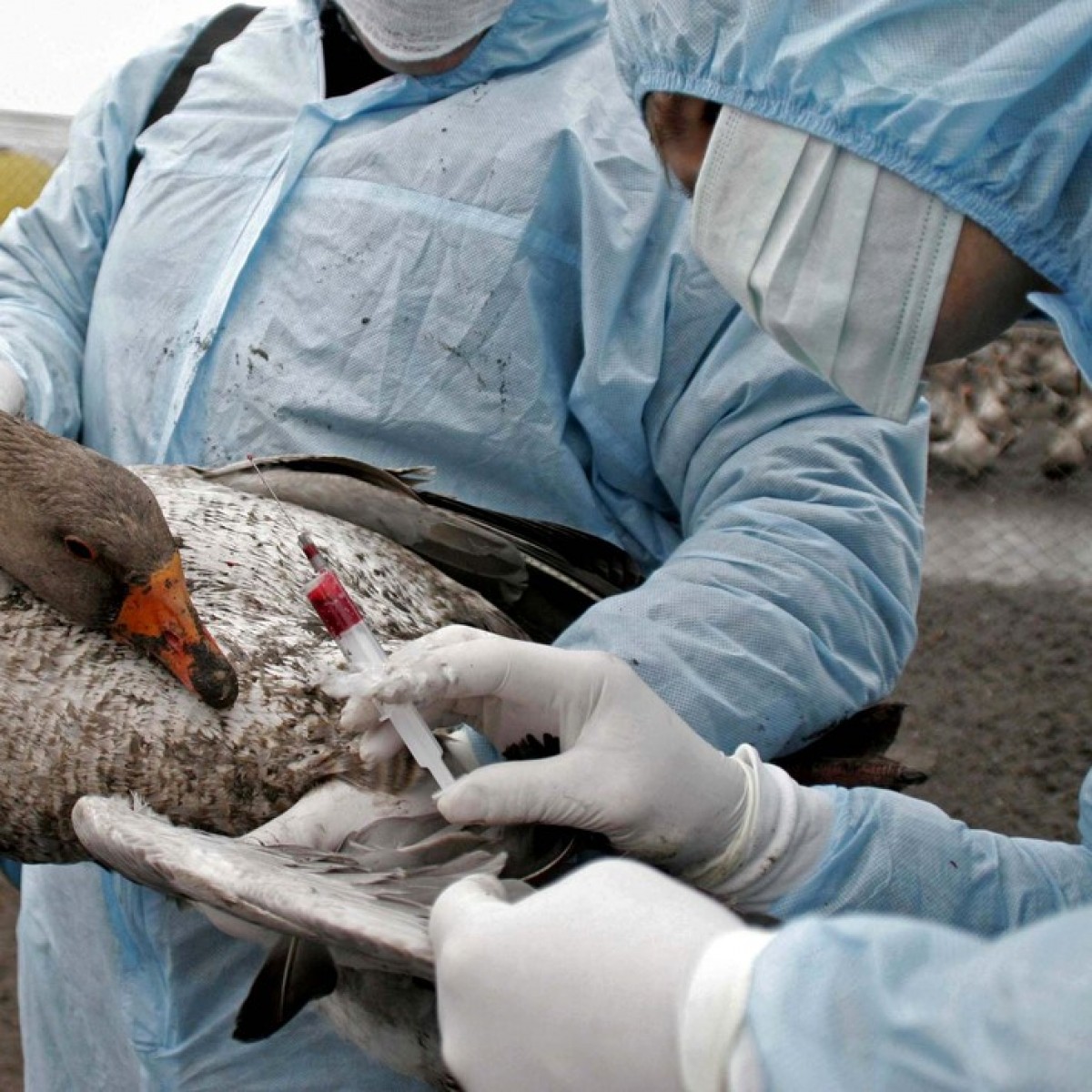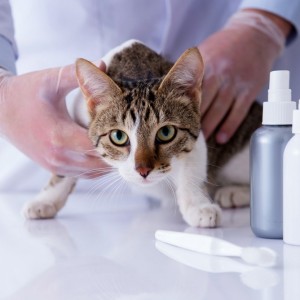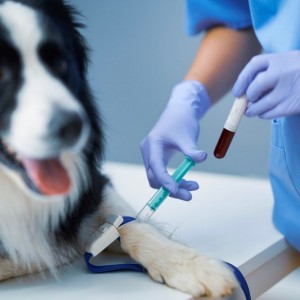Population pharmacokinetic analysis of enrofloxacin and its active metabolite ciprofloxacin after intravenous injection to cats with reduced kidney function
It is unknown if enrofloxacin accumulates in plasma of cats with reduced kidney function. The aim of this study was to determine if enrofloxacin and its active metabolite ciprofloxacin have reduced clearance in azotemic cats.
Thirty-four cats hospitalized for clinical illness with variable degree of kidney function were prospectively included. After enrofloxacin (dose 5 mg/kg) administration to cats, sparse blood sampling was used to obtain 2 compartment population pharmacokinetic results using nonlinear mixed-effects modeling. Plasma enrofloxacin and ciprofloxacin concentrations were measured and summed to obtain the total fluoroquinolone concentration.
Body weight was the only covariate found to affect total fluoroquinolone volume of distribution (effect 1.63, SE 0.19, P < .01) and clearance (effect 1.63, SE 0.27, P < .01). Kidney function did not have a significant effect on total fluoroquinolone clearance (median 440.8 mL/kg/h (range 191.4-538.0 mL/kg/h) in cats with normal kidney function, 365.8 mL/kg/h (range 89.49-1092.0 mL/kg/h) in cats with moderate kidney dysfunction, and 308.5 mL/kg/h (range 140.20-480.0 mL/kg/h) in cats with severe kidney dysfunction (P = .64). Blood urea nitrogen concentration influenced the metabolic generation of ciprofloxacin from enrofloxacin (effect 0.51, SE 0.08, P < .01), but other markers of kidney function did not.
In conclusion, adjustment of enrofloxacin dosage is not indicated for azotemic cats.
Population pharmacokinetic analysis of enrofloxacin and its active metabolite ciprofloxacin after intravenous injection to cats with reduced kidney function. Jonathan D Foster et al. J Vet Intern Med. 2023 Sep 20. doi: 10.1111/jvim.16866. Online ahead of print.













List
Add
Please enter a comment